Project Name
The house of grandfather MartinhoPosted in
Residential, Design, Interior DesignLocation
Completed
2019| Detailed Information | |||||
|---|---|---|---|---|---|
| Project Name | The house of grandfather Martinho | Posted in | Residential, Design, Interior Design | Location |
Touro, Viseu |
| Completed | 2019 | ||||
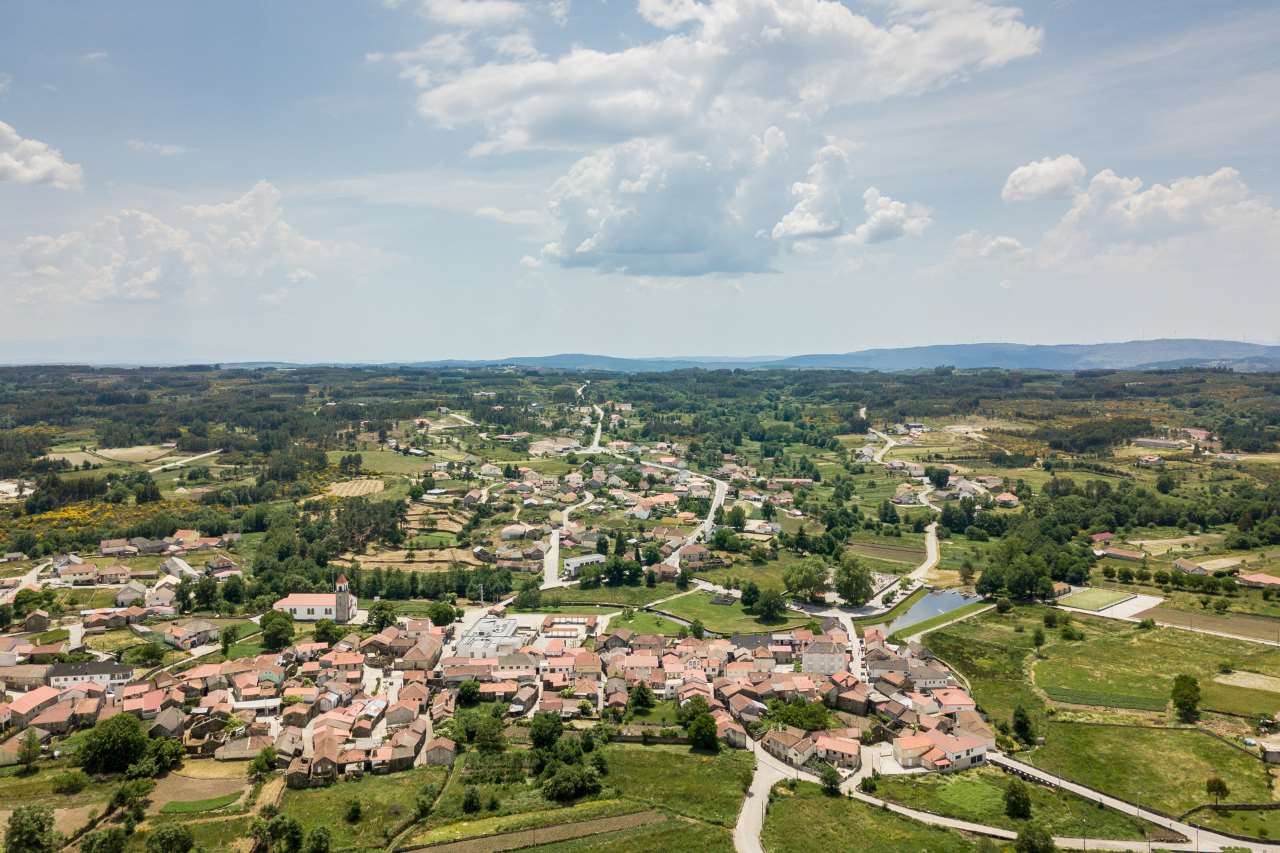
Photo by João Morgado.
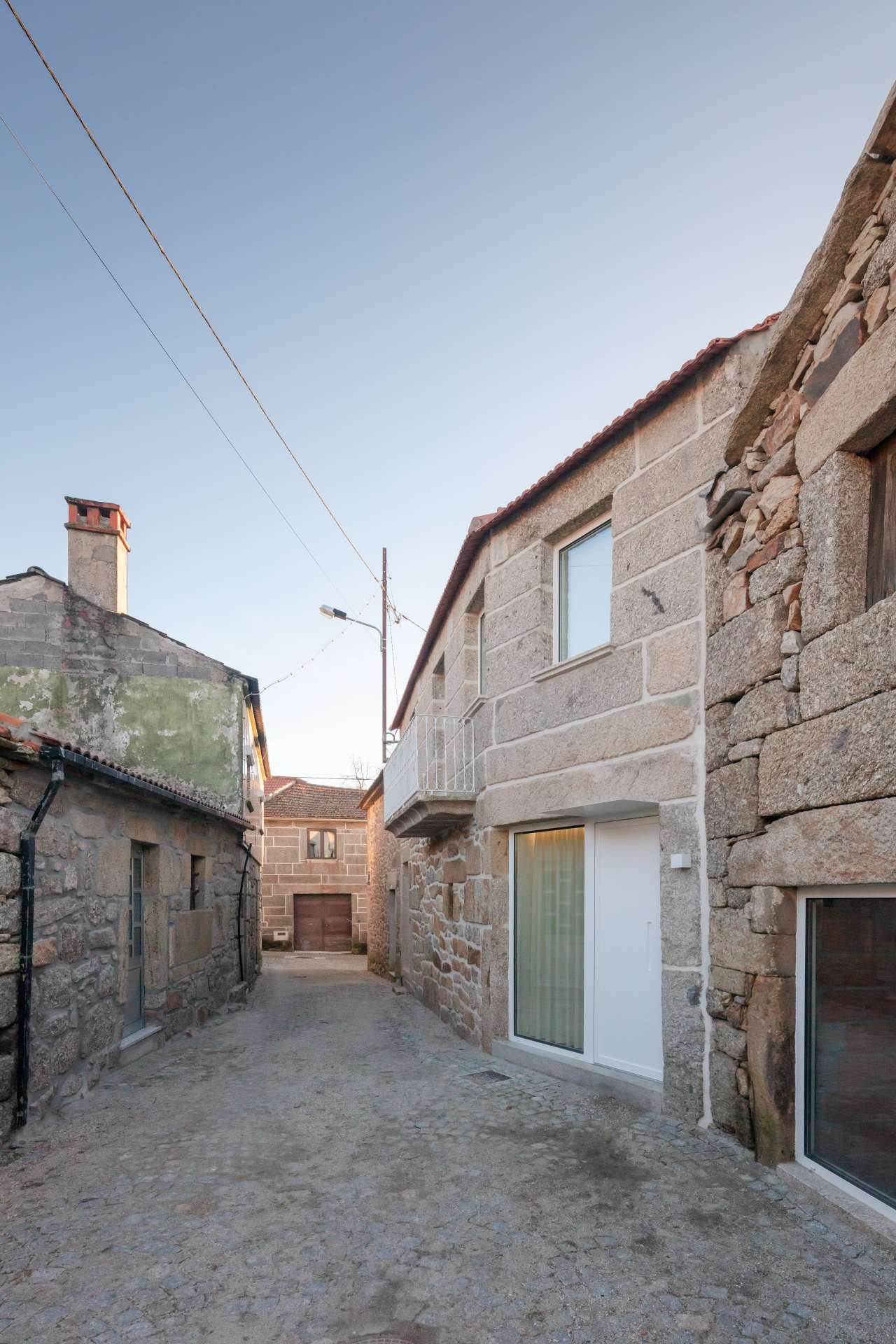
Photo by João Morgado.

Photo by João Morgado.

Photo by João Morgado.
Located on a cobblestone alley that widens to become a communal courtyard where chickens occasionally roam, the house is made up of two adjoining stone-built buildings and an adjacent annex. Externally, the stone masonry has been meticulously restored – its irregular pattern of stone blocks punctuated by the rectangular shapes of the new windows and doors – as has the tiled roof. Slim white metallic frames maximize the glazing area of the windows which, during the day, appear as reflective rectangles against the masonry façade, a balance that is inverted during the night when the illuminated interiors pop out of the darkened stone exterior.

Photo by João Morgado.

Photo by João Morgado.
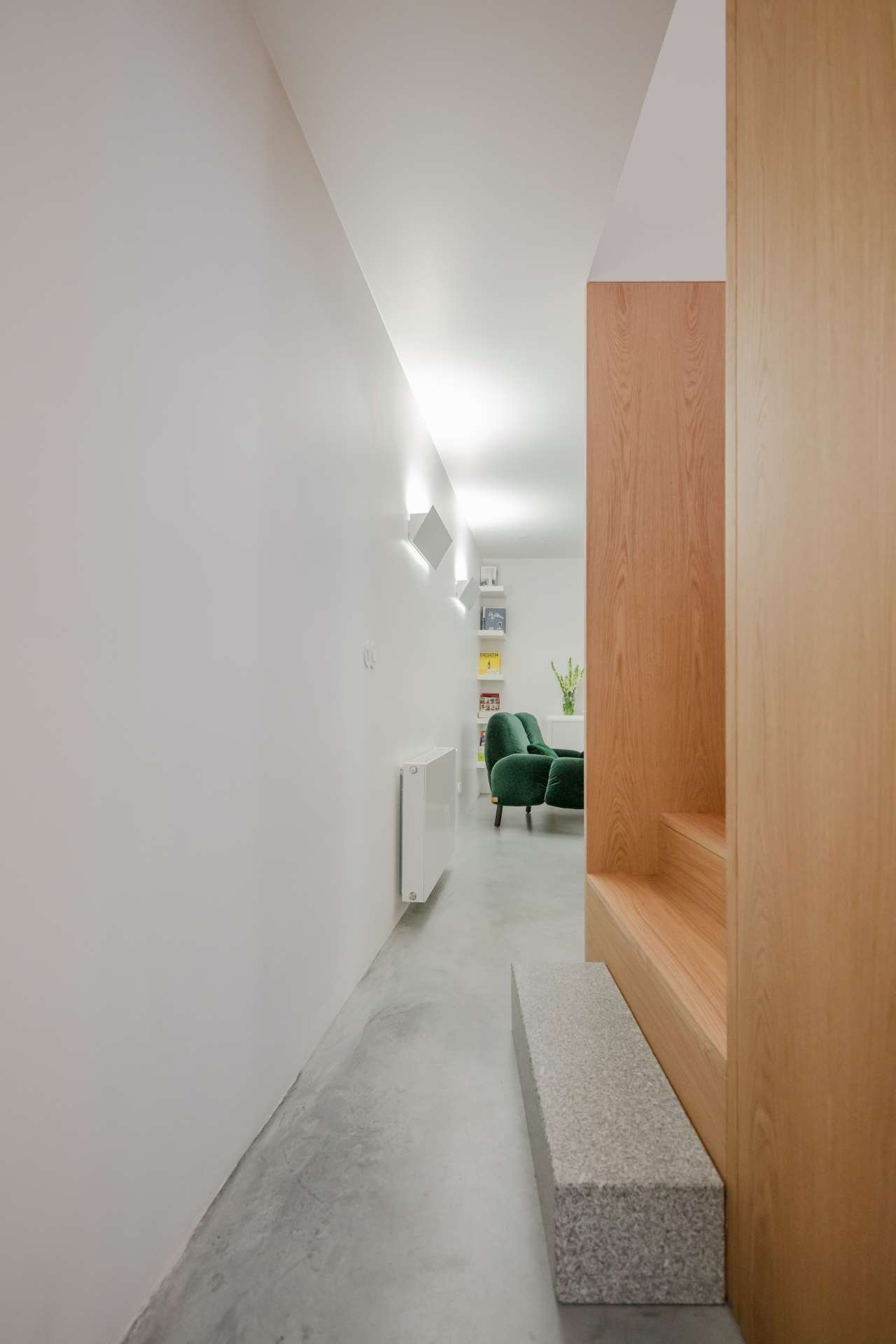
Photo by João Morgado.
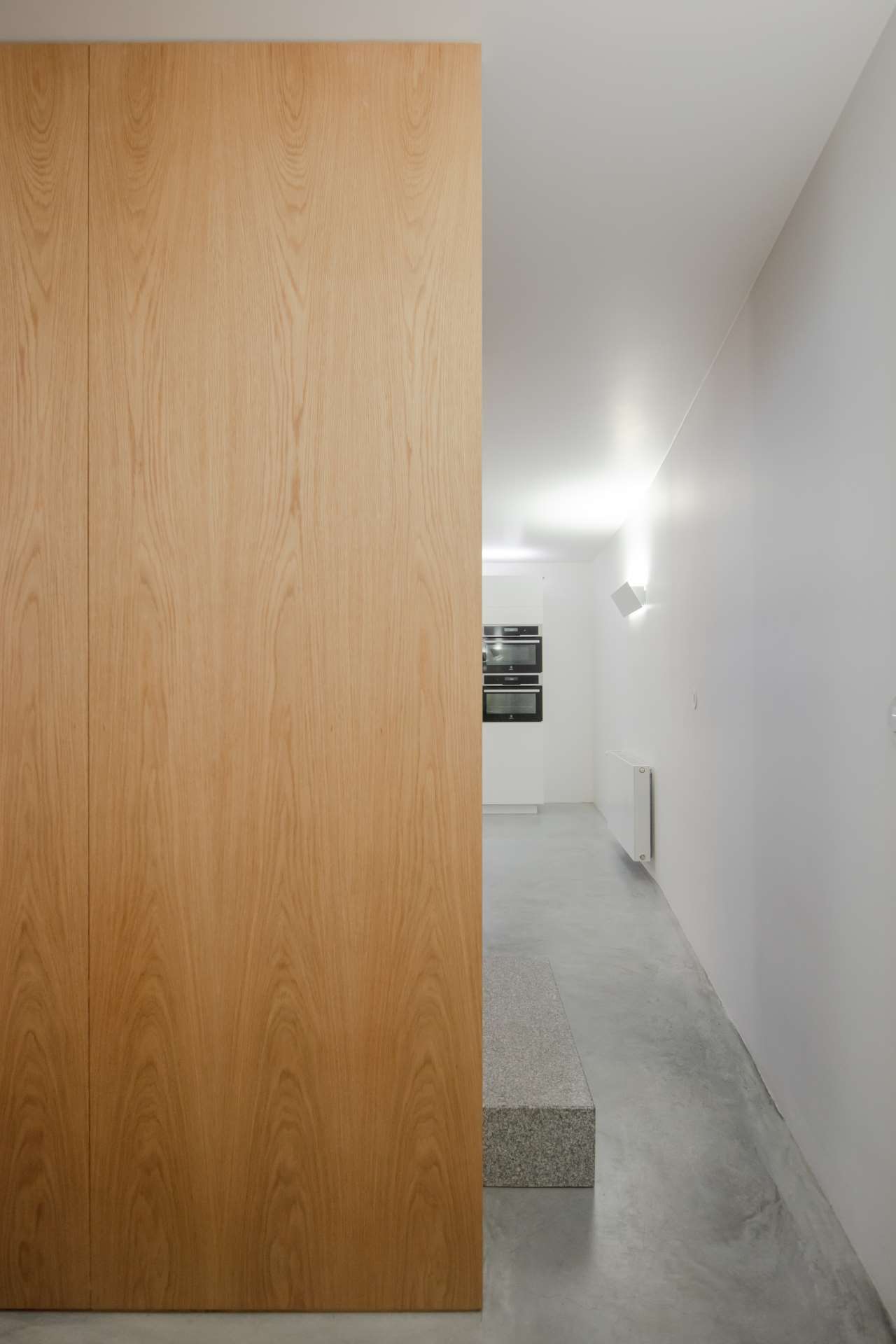
Photo by João Morgado.
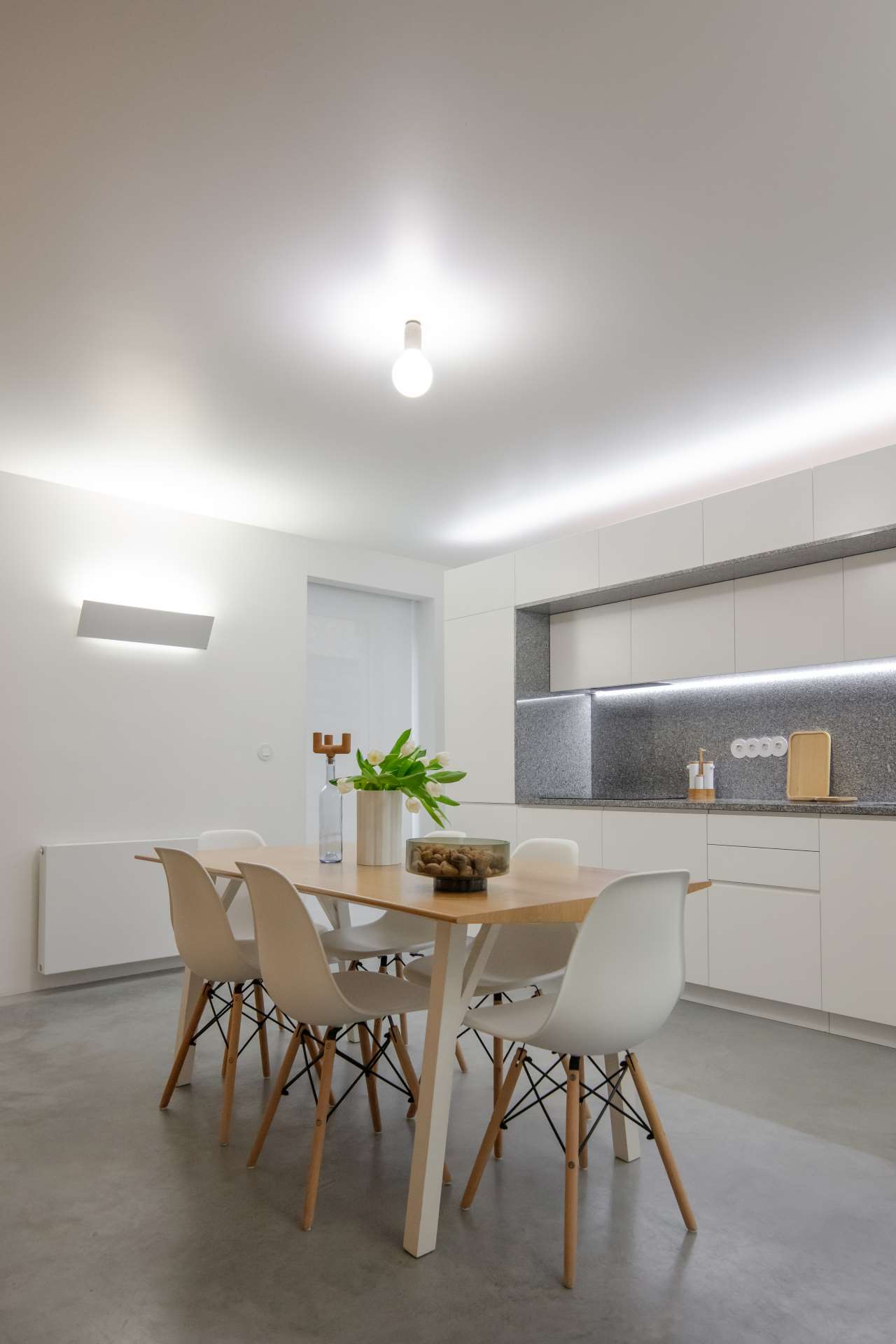
Photo by João Morgado.

Photo by João Morgado.
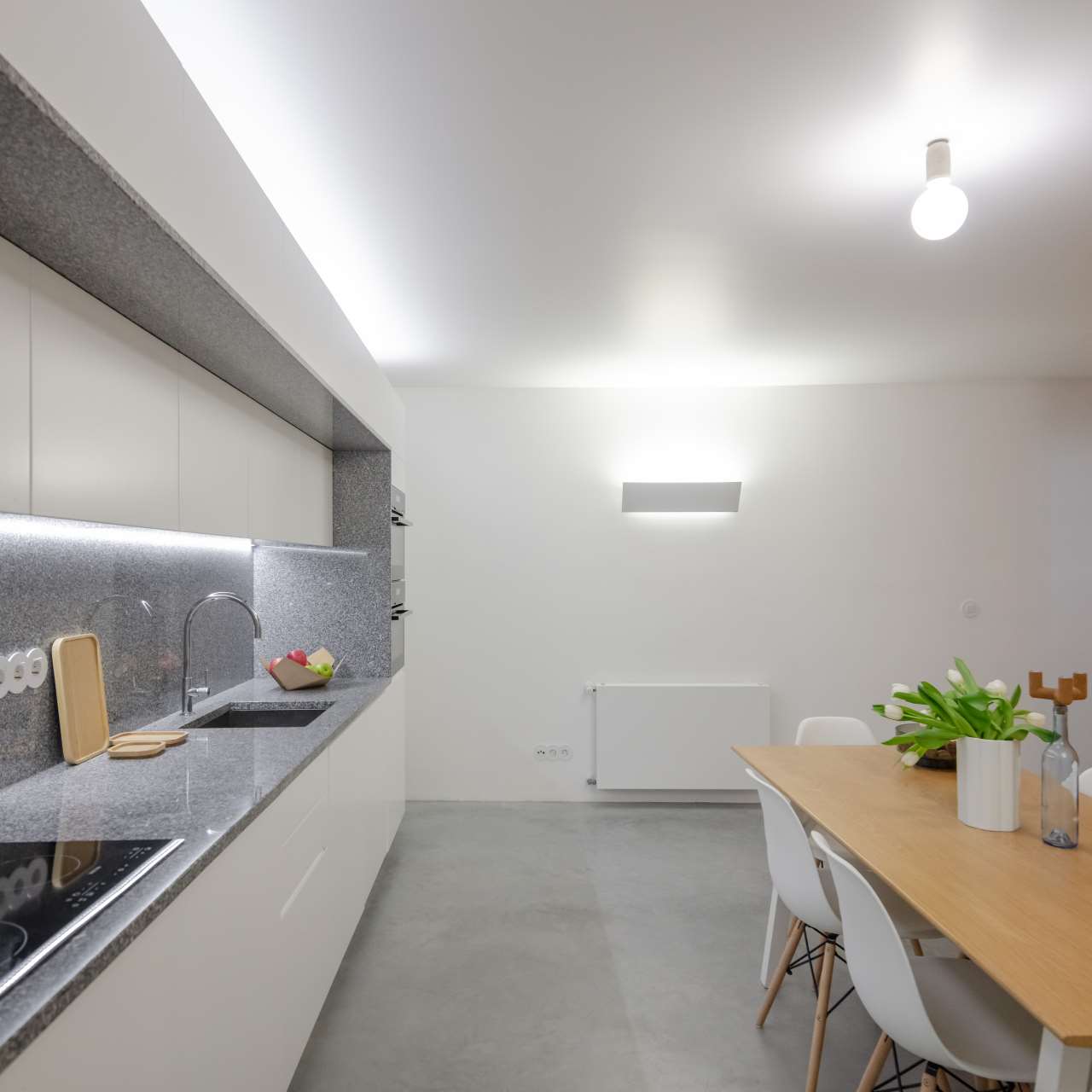
Photo by João Morgado.

Photo by João Morgado.
Stepping inside, all aspects of the building’s agrarian past have been effaced by a minimalist aesthetic of whitewashed walls and concrete floors. On the ground floor, where Grandfather Martinho once kept his farm animals, there is now the living room and kitchen, separated by a cubic volume rendered in oak wood which conceals the staircase and the guest WC as well as contains built-in cupboards. Upstairs, two bedrooms with en-suite bathrooms that sport the same minimalist sensibility complete the residence, while on the adjoining block, where Grandfather Martinho stored cereals and wine barrels, a small studio allows the new owner to work from home.
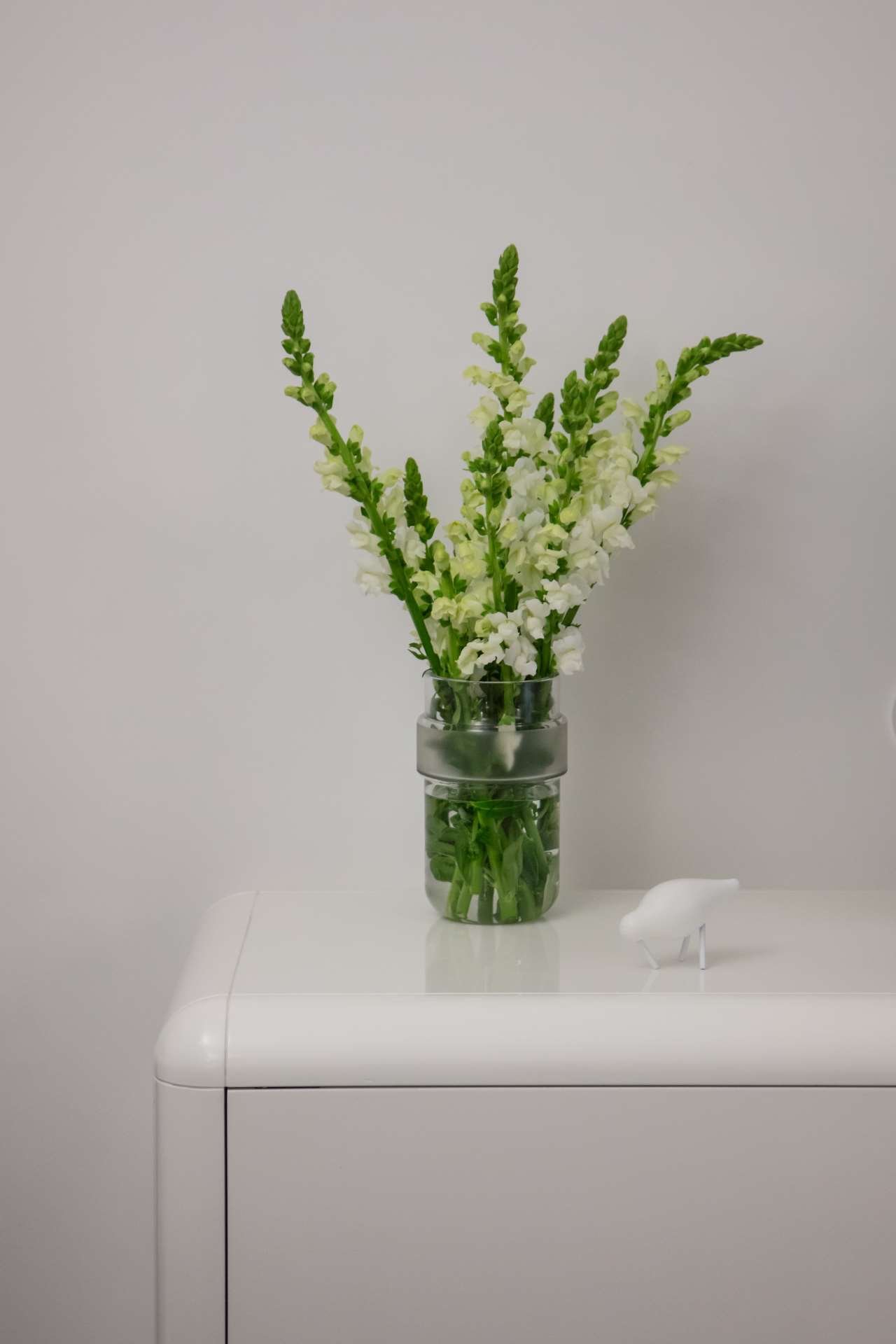
Photo by João Morgado.
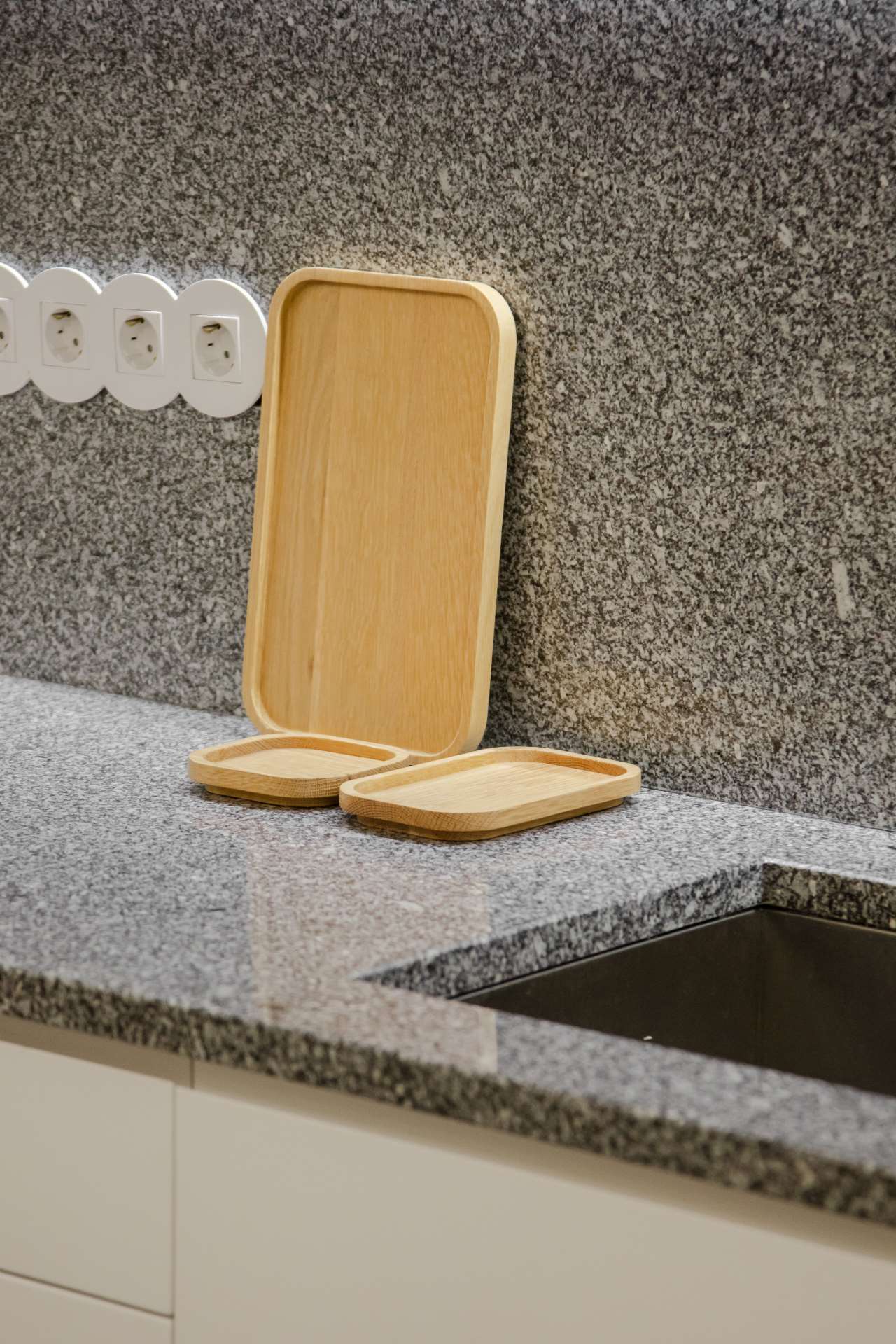
Photo by João Morgado.

Photo by João Morgado.

Photo by João Morgado.

Photo by João Morgado.
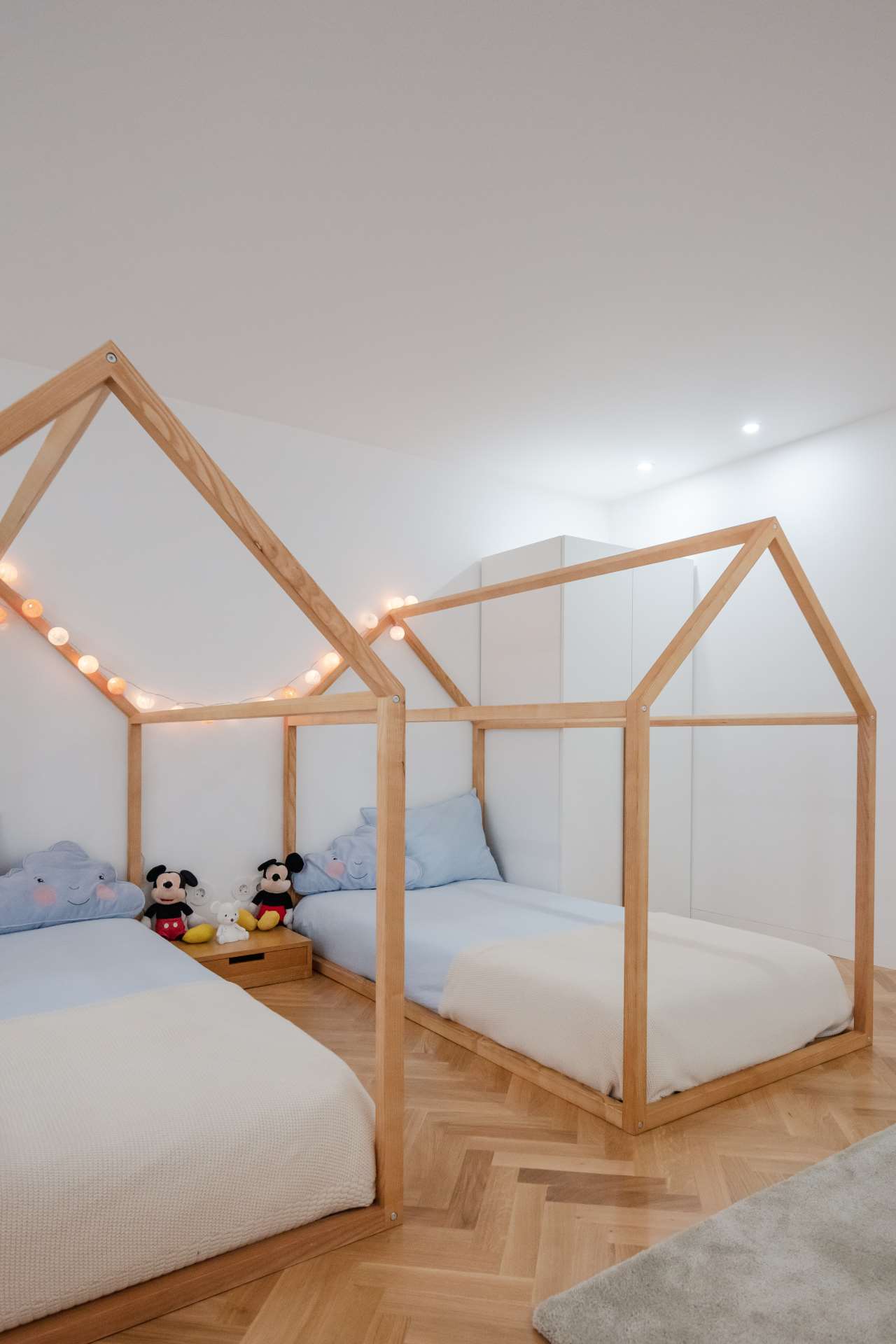
Photo by João Morgado.

Photo by João Morgado.

Photo by João Morgado.

Photo by João Morgado.

Photo by João Morgado.
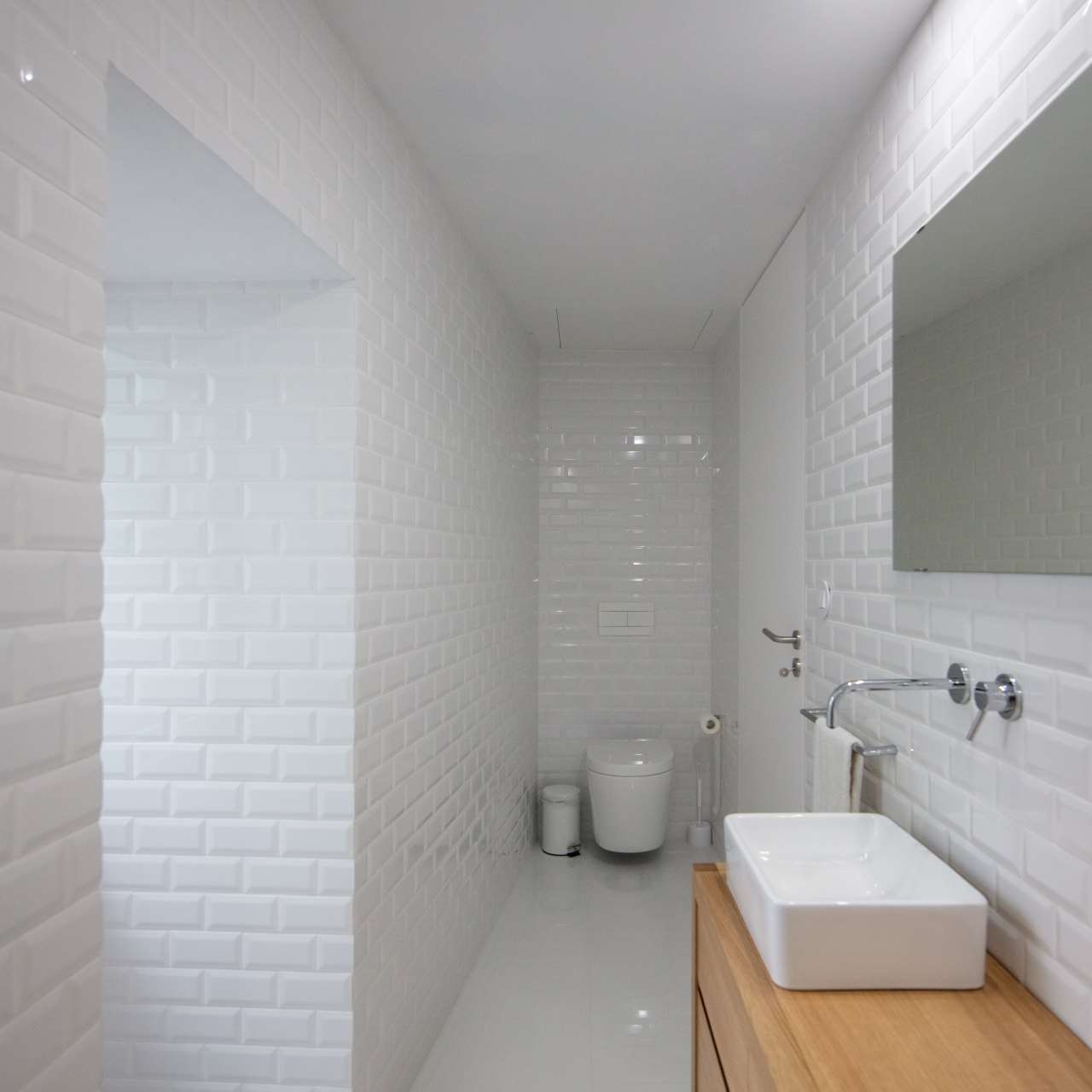
Photo by João Morgado.
Opposite the house, the jumble of stone-built structures where Grandfather Martinho used to store the hay he fed his animals have been transformed into a one-storey annex housing a garage and auxiliary areas. Whereas the original masonry walls have been painstakingly restored, the architects have topped the structure with a concrete slab that appears to float above the walls, an effect that is accentuated at night when the slim gap between the roof and the masonry construction is illuminated. It’s a poetic architectural gesture where the past meets the present, which evocatively encapsulates the architects’ intention of celebrating both the house’s heritage and its new lease of life.
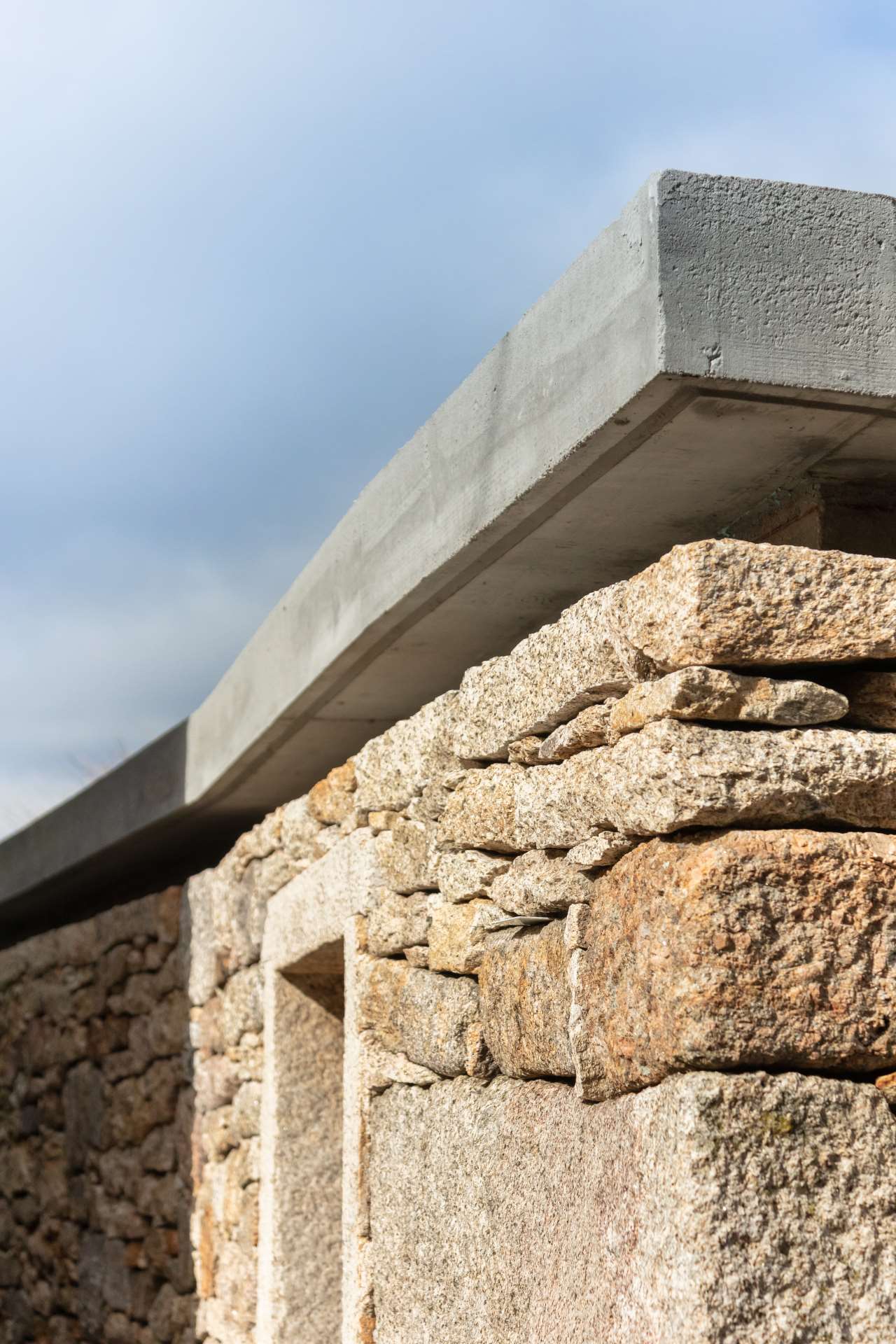
Photo by João Morgado.

Photo by João Morgado.

Photo by João Morgado.
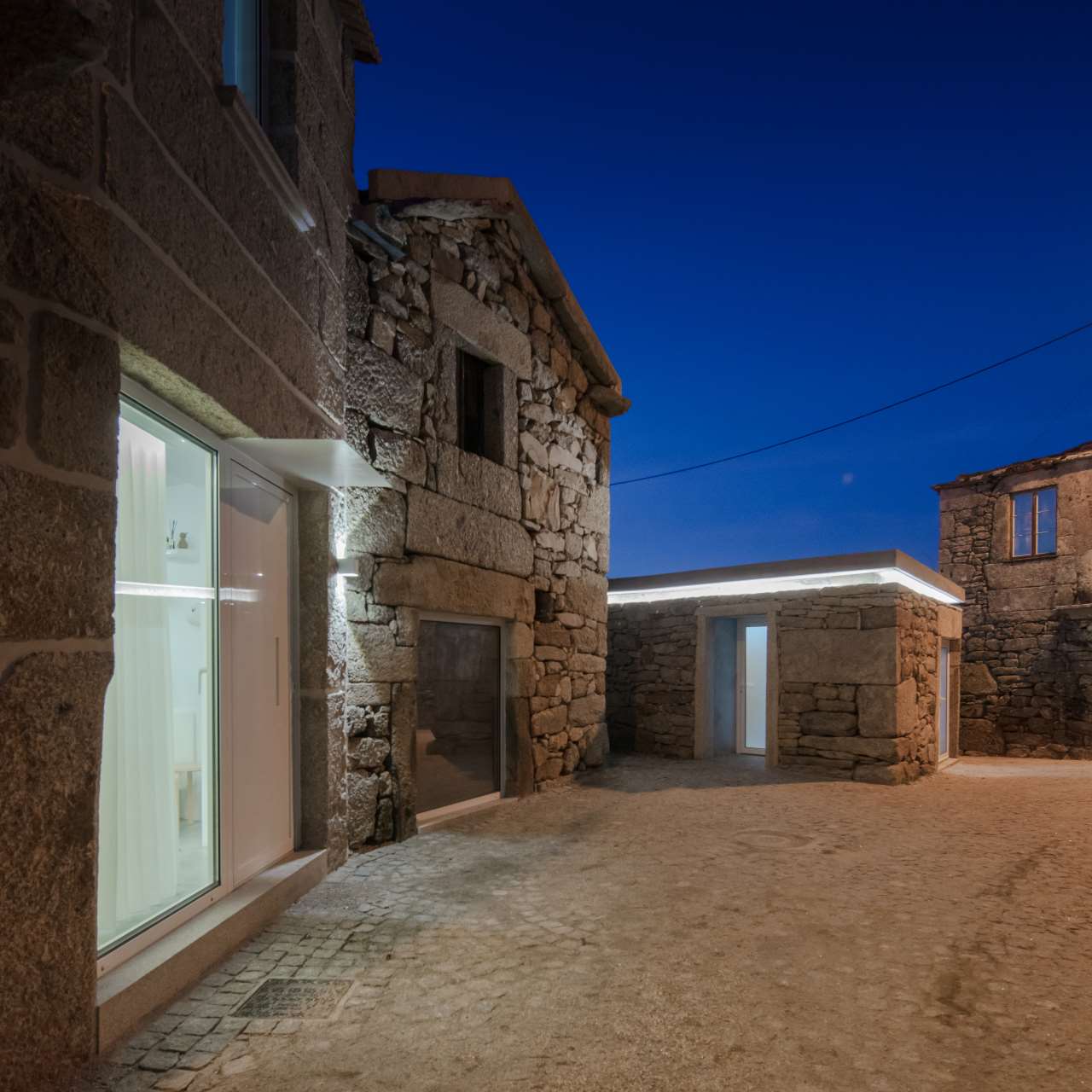
Photo by João Morgado.














